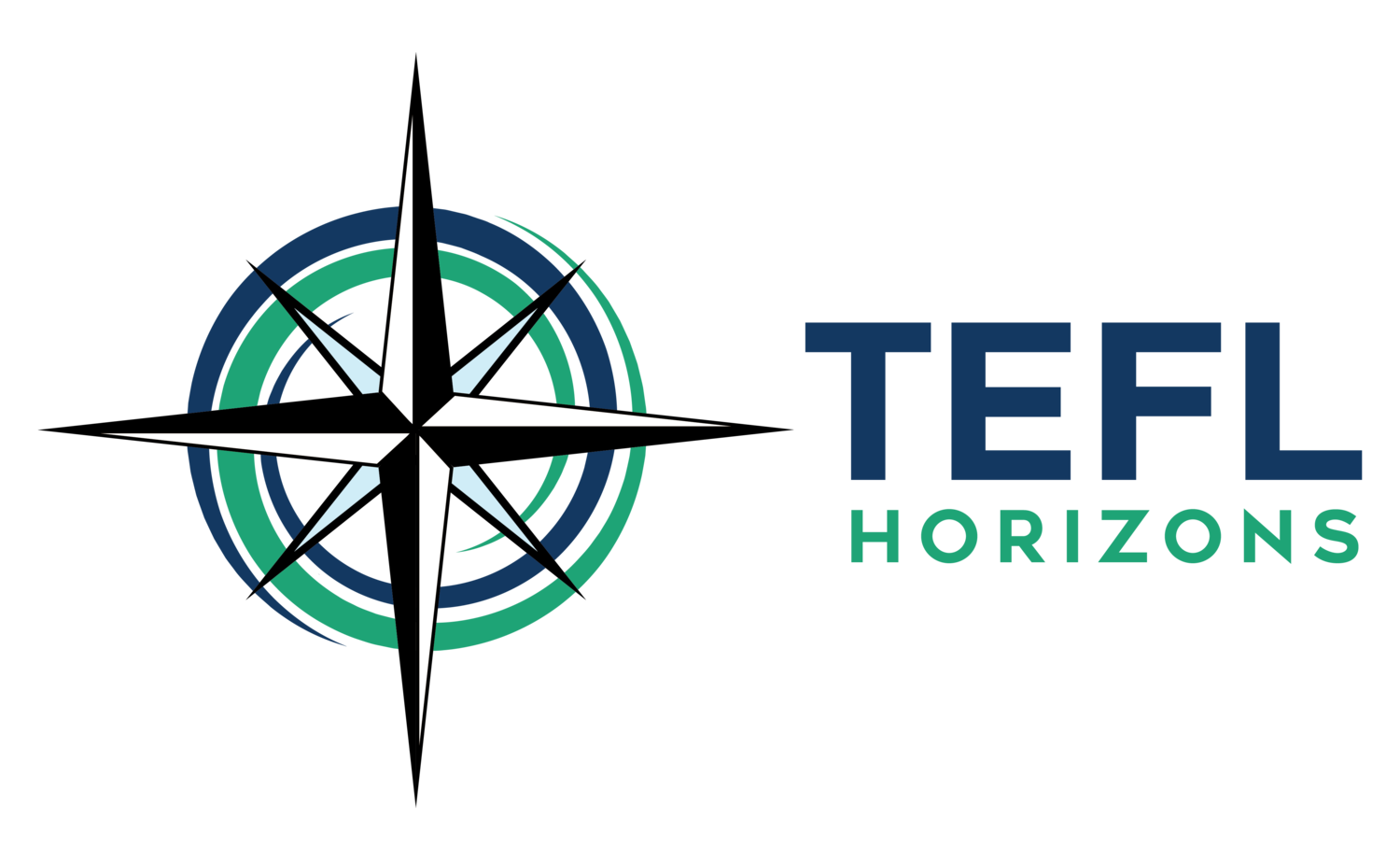How to Teach Speaking
Show Notes
We know that helping students develop their speaking fluency is important, but are students really getting better at speaking EVERY time they're talking in a lesson? How can we measure whether students’ speaking skills have actually improved during class? In this week's episode, we look at how to devote an entire lesson to speaking fluency. We’ll walk you through the stages of an effective speaking lesson, break down exactly what to do and why, and give you practical advice for helping students experience a boost in their fluency— even from a single lesson.
In this Episode
Why teaching English isn’t just teaching grammar and vocabulary: it’s about skills, too!
The productive skills: speaking and writing
How teaching a skills lesson is different from teaching a systems (grammar or vocabulary) lesson
How students speaking in the classroom is different from practicing speaking outside the classroom
How you can make sure your speaking lesson is more than just “speaking and leaving”
The suggested structure for a speaking lesson
Why starting with a lead-in still matters (because it always matters!)
Why ANY speaking activity isn’t THE speaking activity in a speaking lesson
How to set the speaking task with intention (and how this differs from students actually doing the task)
Why a speaking task needs a communicative goal
How to design a speaking task that will motivate students to speak
Why a demo of the speaking task is important and how to set this up
Why it’s helpful to give students “useful language” for the task and what kind of language that might be
How to plant this “useful language” in your speaking task demo
Why you should think of this language input stage as “language light”
How to let students prepare for the speaking task (brainstorming time!)
Why there’s a lot that goes into a speaking lesson before students even get to the speaking task! (But also why you don’t want to make your speaking lesson too “top-heavy”)
How to pair or group your students for the speaking activity (why it’s helpful to be deliberate here)
Why you’ll want to stay out of the way while students are actually doing the speaking task
What to do while the students are speaking/ engaged in the task: monitor (but stay aloof!)
What to listen for as you monitor
How to prepare for a delayed error correction stage (why you don’t want to correct errors on the spot in a speaking fluency task)
What to do immediately after the speaking task and before delayed error correction: content feedback
How the communicative goal (that you set up for the task) contributes to content feedback
How to maximize content feedback and ensure everyone is engaged
How to get the most out of delayed error correction
A summary: the three keys to a speaking lesson that make it truly effective
The ideal way to extend a speaking lesson: have students repeat the task after error correction
A variation of how to structure the speaking task(s) if you have a longer lesson














